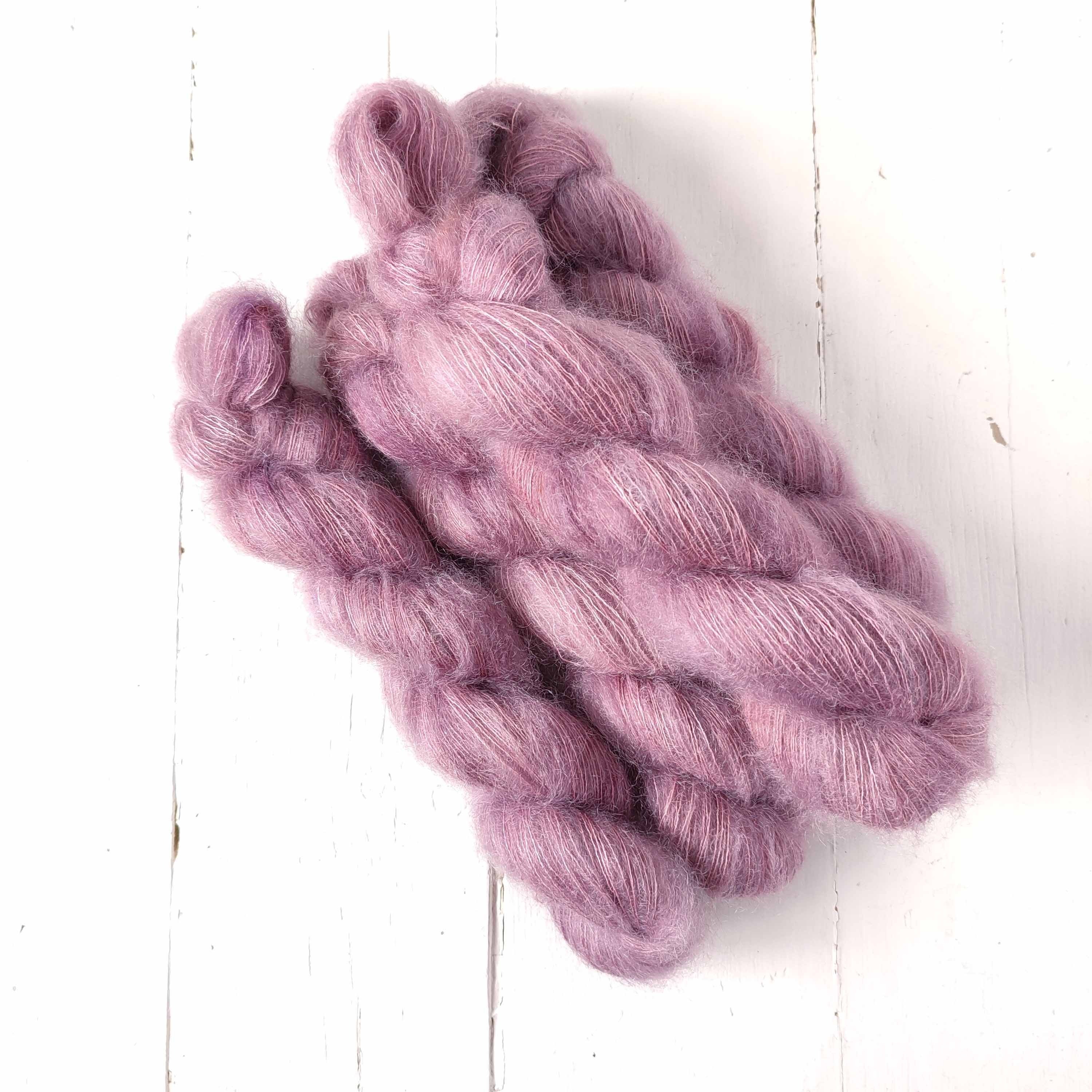Tamarisk










Inspired by the delicate blooms of the Tamarisk or salt cedar, the first tentative iteration of Tamarisk (then called Blush) was especially developed for Eri...so many years ago now that I have unfortunately lost the original recipe for the yarn she used in her version of the Little Yan sweater.
We do have an indigenous tamarisk in South Africa, but the invasive foreign species (particularly the French and Chiinese varieties) have made the tamarisk a tenacious plant amongst our indigenous flora populations, as it has in many other places in the world. Still - bees love it and I find myself hard pressed to not revel in the pink tresses.
Have a look at Eri Shimizu's Little Yan Pullover https://www.ravelry.com/patterns/library/little-yan-pullover - the second sample was made in Miss La Motte merino-linen singles, and it is a delightful knit! Please note: photographic credits of Eri's sample knits are by Eri Shimizu.
Care Instructions: For long term fibre and colour care a gentle, PH neutral detergent (preferably natural/organic) and cold water rinse is recommended. Refrain from excessive wringing. Dry flat, avoiding prolonged exposure to harsh sunlight.



